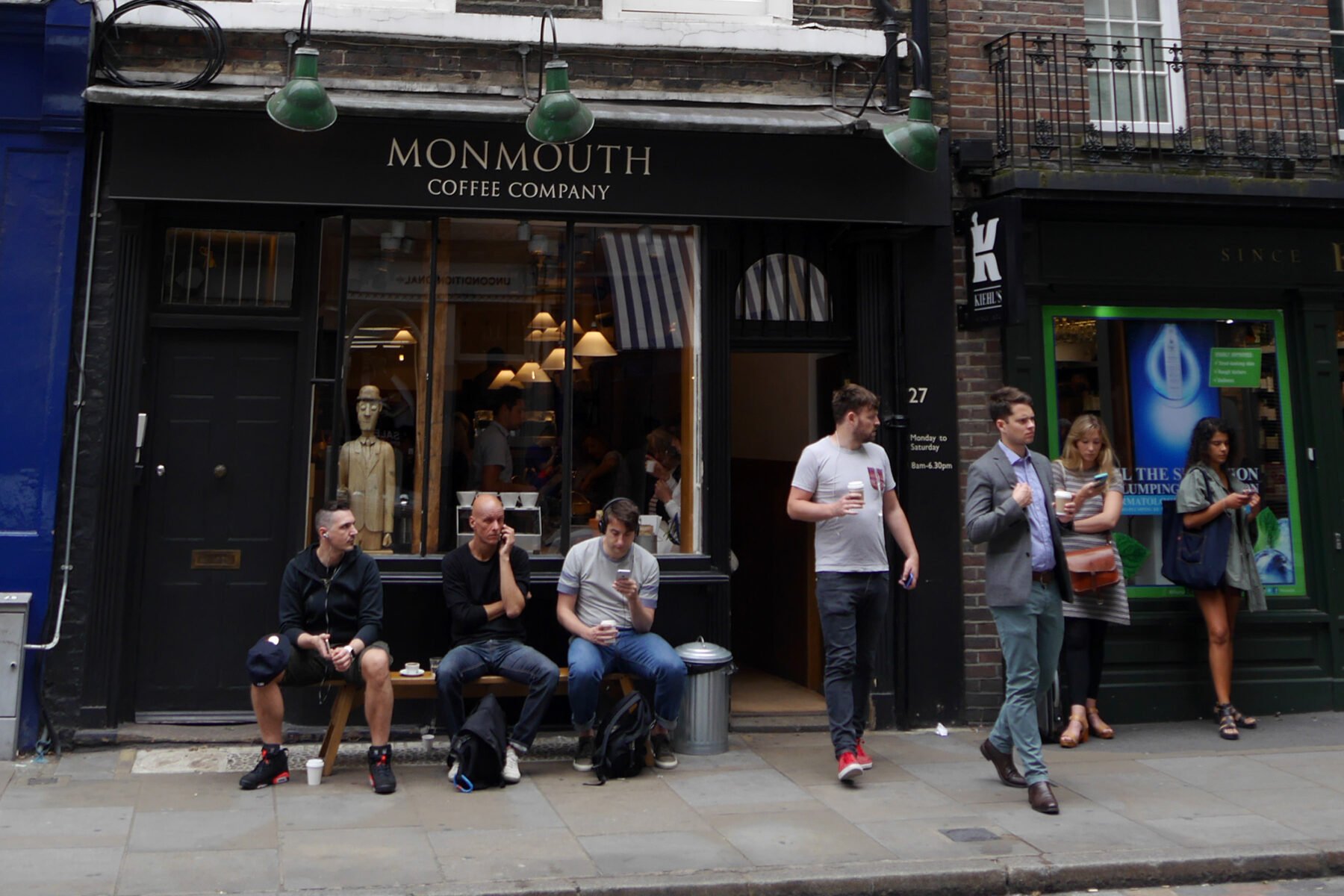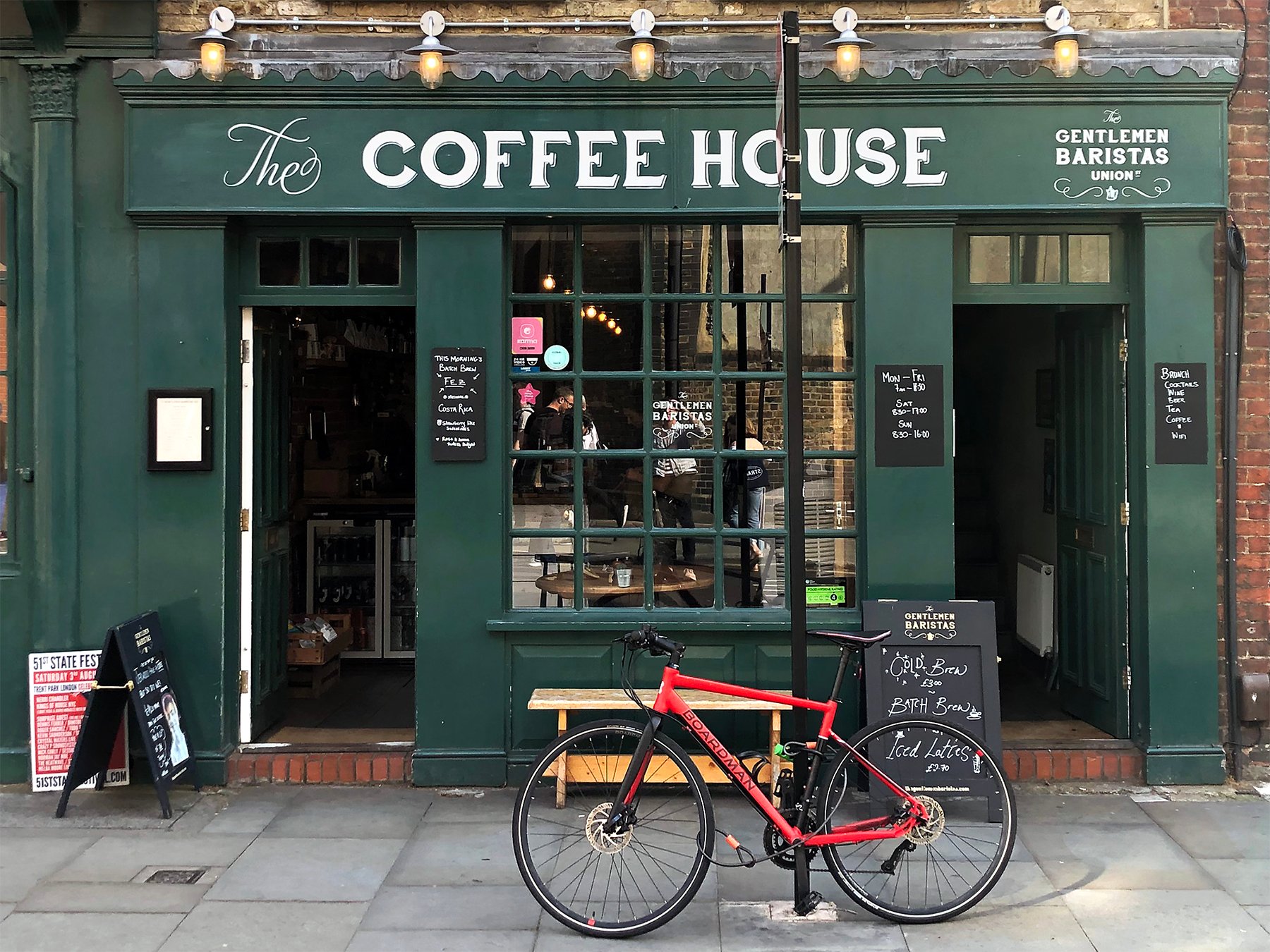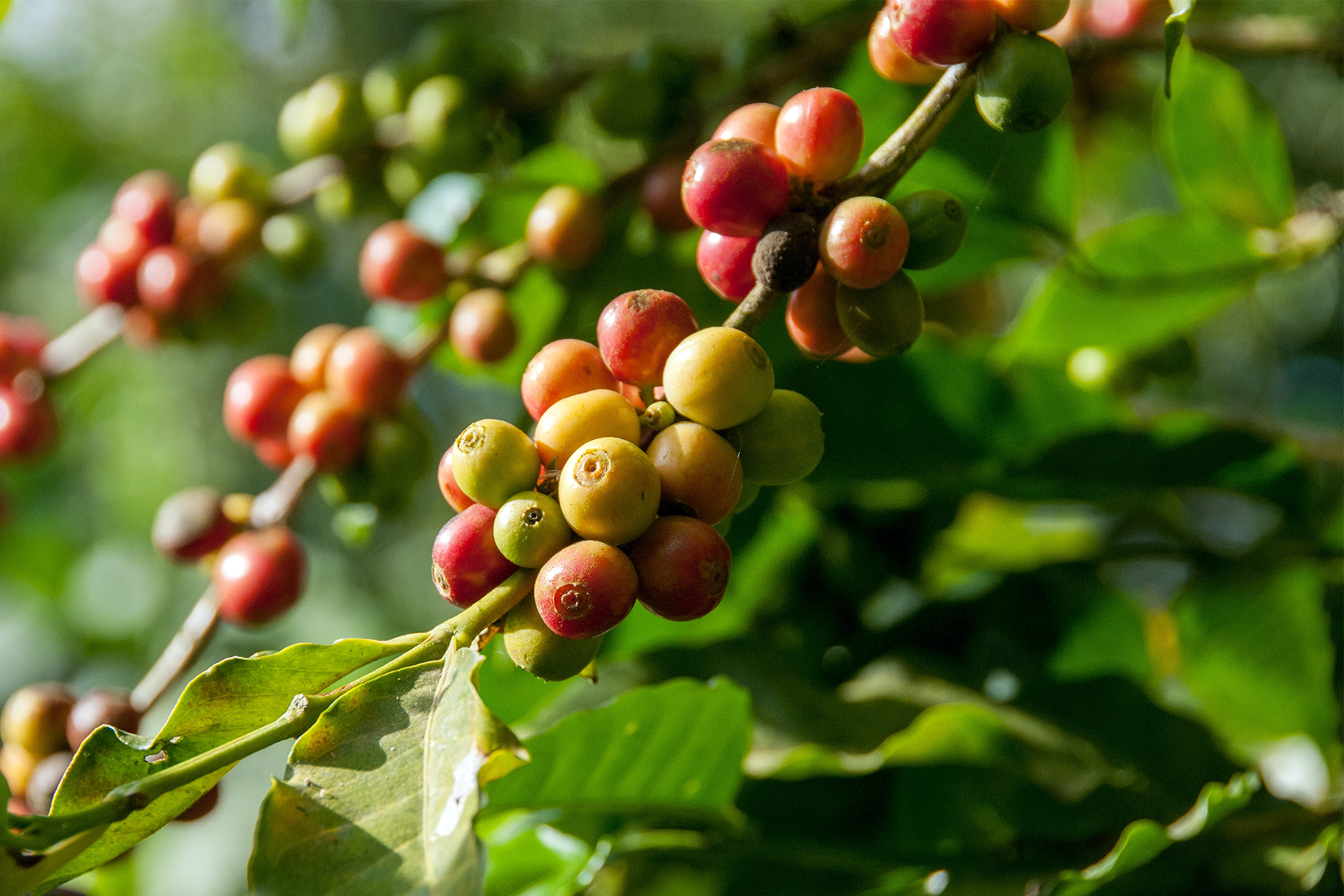
United Baristas starts a new series exploring the carbon footprint of coffee businesses. We want to equip the industry to reduce its impacts and build a more sustainable future.
Get the latest Audio Articles by subscribing wherever you get your podcasts
There’s lots of work to be done to reduce our carbon emissions. At present around 30 percent of global emissions come from food and beverage businesses.✼ It’s clear that there’s no route to managing global warming without a significant change to what we eat and drink.
Coffee businesses have a clear self-interest to ensure that people can drink coffee in the future and that we are part of the solution to climate change. What’s good for coffee is also what’s beneficial for our customers, coffee producers, the developing world and the earth.
In another series United Baristas has been exploring the footprint of a cup of coffee, from crop to cup. This new series broadens the scope to examine the carbon emissions of coffee businesses. The purpose is to identify the key points of emissions so baristas, managers and owners can sustainably cut their carbon footprints. While consumers can take meaningful action by making better choices, such as opting for low-methane dairy and oat milk; coffee businesses can structurally reduce the carbon emission of their entire operations so all customers’ carbon footprints diminish.
And we don’t have time to waste. The latest report from the UN’s Intergovernmental Panel on Climate Change (IPCC) makes it clear that limiting temperature increases to 2°C is becoming increasingly difficult.
How do coffee businesses contribute to climate change?
Many of the coffee businesses in our community are retail coffee businesses, such as coffee shops, coffee bars and cafés. You can read more about how we define and segment these businesses in our recent article One Size Doesn’t Fit All.
These businesses are overwhelmingly focused on coffee, but most serve other hot beverages such as tea. Many sell food, but there’s variation from counter food items (such as tray bakes and croissants) through to busy kitchens supporting à la carte menus. All the businesses contain energy-intensive equipment such as espresso machines and dishwashers. Many shops have heating or cooling plant. And for each of these businesses to operate, items are delivered to the premises, staff travel to work, the lights are switched on, the music volume is turned up, and cups are served.
So which of these activities contributes most to global warming? How can we most easily and quickly reduce our industry’s emissions? And how can this all be achieved while running commercially viable businesses, being great places to work and serving our customers.
This new series seeks to explore and answer these pressing questions.
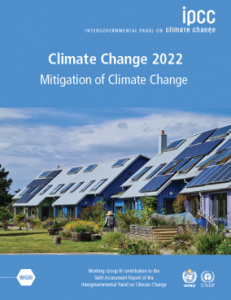
Upcoming Events
UK Cup Tasters Championship 2023
Manchester Coffee Festival 2023
Amsterdam Coffee Festival 2024
London Coffee Festival 2024
Small might be beautiful, but it also has challenges
There’s a prevailing view that because many speciality businesses are small, our impacts are limited. Unfortunately, nothing is further from the truth. The challenge is that there are now thousands of specialty coffee businesses across the United Kingdom, tens of thousands in Europe and many more globally.
Our cumulative size and impact is massive. For example, there are more specialty coffee shops in London than Starbucks outlets. It follows that our combined impacts are greater, and without centralised management it’s more difficult to take coordinated action.
This situation is not unique to specialty coffee. The large multinational food companies, such as KraftHeinz (which owns Maxwell House) and Nestlé (whose portfolio includes the coffee brands Nescafé, Nespresso and Blue Bottle), have just five percent of the sector’s global revenues.✾❋ While multinationals typically have larger market share in the more-profitable, developed markets of the global north, they are still dwarfed by the aggregate size of small and medium enterprises (SMEs). For example, in the United Kingdom, 96% of food and beverage businesses are SMEs.※ The big companies clearly need to shoulder their fair share of the burdens when tackling climate change, but solutions to global warming will require all businesses across the food and drink systems to play their part, regardless of size.
A paradigm shift is required across the coffee community. If you understand one thing today, it should be that speciality’s cumulative market size makes us a significant player and demands we take significant action. But we need to figure out what to do and how to better coordinate our activities.
Identifying the problems worth solving
So we can start to identify meaningful solutions, let’s be clear about the size and urgency of the climate problem. At its most straightforward, the challenge is to update and build systems to allow nearly 10 billion people to live on earth free from poverty and with opportunities to pursue fulfilling lives.
To achieve this objective, scientists calculate that global carbon emissions need to peak around 2050 and then rapidly decrease so that global temperature increases peak at less than 2°C above baseline temperatures. The goal had been to limit temperature increases to less than 1.5°C above the baseline, but because global temperatures are already around 1°C warmer, and carbon emissions are still rapidly increasing, this now looks all but impossible.
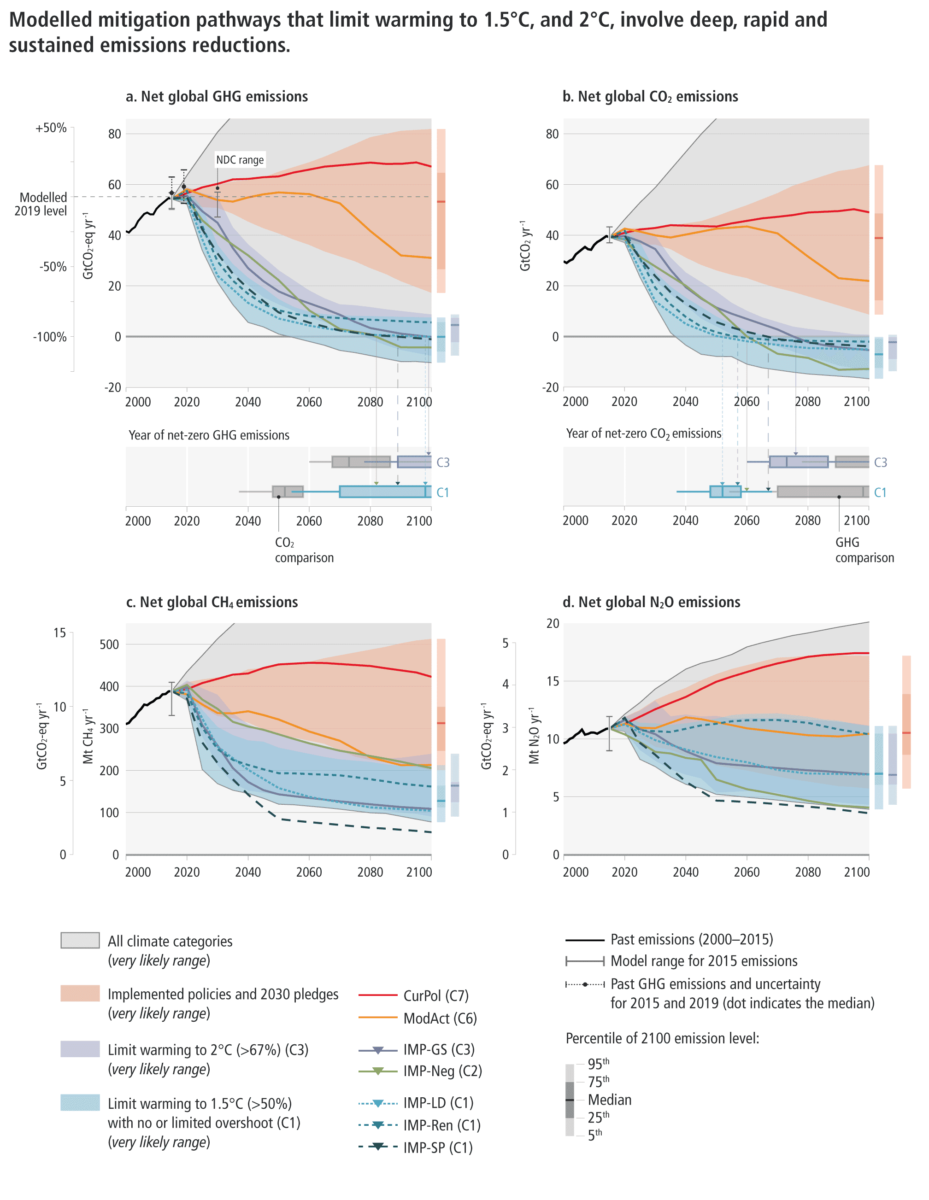
It’s much harder to feed close to 10 billion people in a 2°C warmer world, with more regular and more intense heatwaves, floods, droughts and storms. Also, as our fellow humans continue to benefit from economic development (some of them coffee farmers), pressures will further increase. What are today impoverished populations with low carbon footprints in the global south are quickly developing. By 2050 an increasing number will be wealthy enough to afford comparative luxuries, such as flat whites, and generate the associated carbon footprints. The climate challenge is a development problem and development challenges are inextricably linked to global warming.
Of the total global carbon reduction required, about 55% can come from a shift to nuclear and renewable energy, with the balance necessarily coming from changes to the products we buy, what we eat and drink, how we manage land and sea, and how we move things around. Food and beverages have a significant role to play in meeting global reduction targets. What is one-third of global emissions today will become the majority in the future.
Here’s some avenues for coffee businesses to explore:
Utilities & equipment
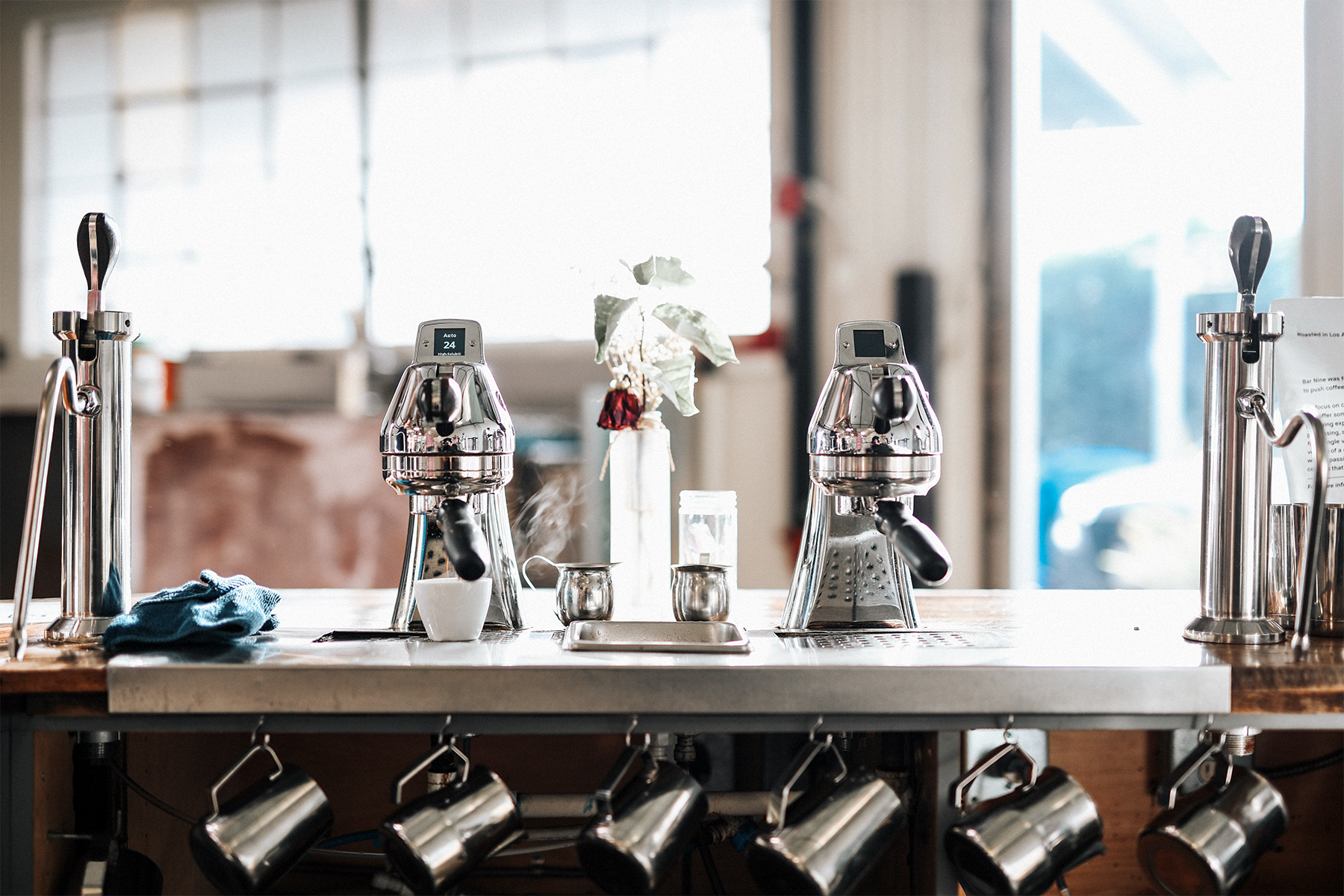
Reducing electricity
There are significant gains to be made through looking at appliances that use electricity to heat and cool. United Baristas has already focused on espresso machines and it’s been good to see manufacturers creating new, more energy efficient coffee-making equipment. However, we need even more rapid progress, plus we still need to consider the role of other energy-intensive appliances, such as dishwashers, refrigeration and air conditioning systems.
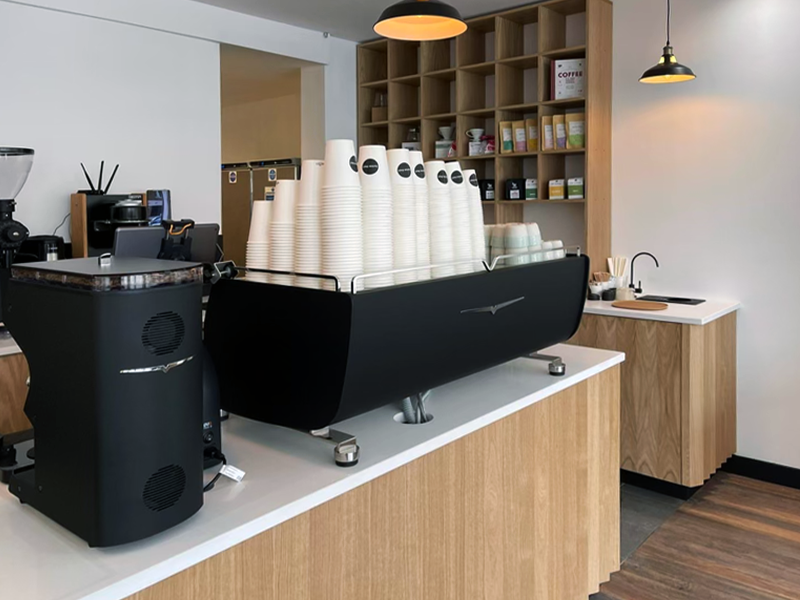
Thought also needs to be given to lighting designs that use less power; creating entrance designs to retain warm or cool air as customers enter and exit; and more ambitiously, micro-generation with photovoltaic cells is possible for some establishments.
Gas
Some coffee shops use gas for cooking and heating water. From an environmental perspective, gas has long been an untenable part of the long-term energy mix. The recent Russian invasion of Ukraine and subsequent increase in gas prices introduces financial pressures on consumers and business. Now is a good moment to hasten the transition to other, greener energy sources.
We also need to better understand the benefits and costs of gas versus electricity powered roasters.
Opportunities for heat recovery
Many retail coffee businesses have significant heating and cooling requirements (espresso machines and dishwashers or fridges and air conditioning, for example). With new and improved heat recovery technologies increasingly available, work needs to take place exploring if and how these might be incorporated into coffee business operations.
Sourcing & procurement
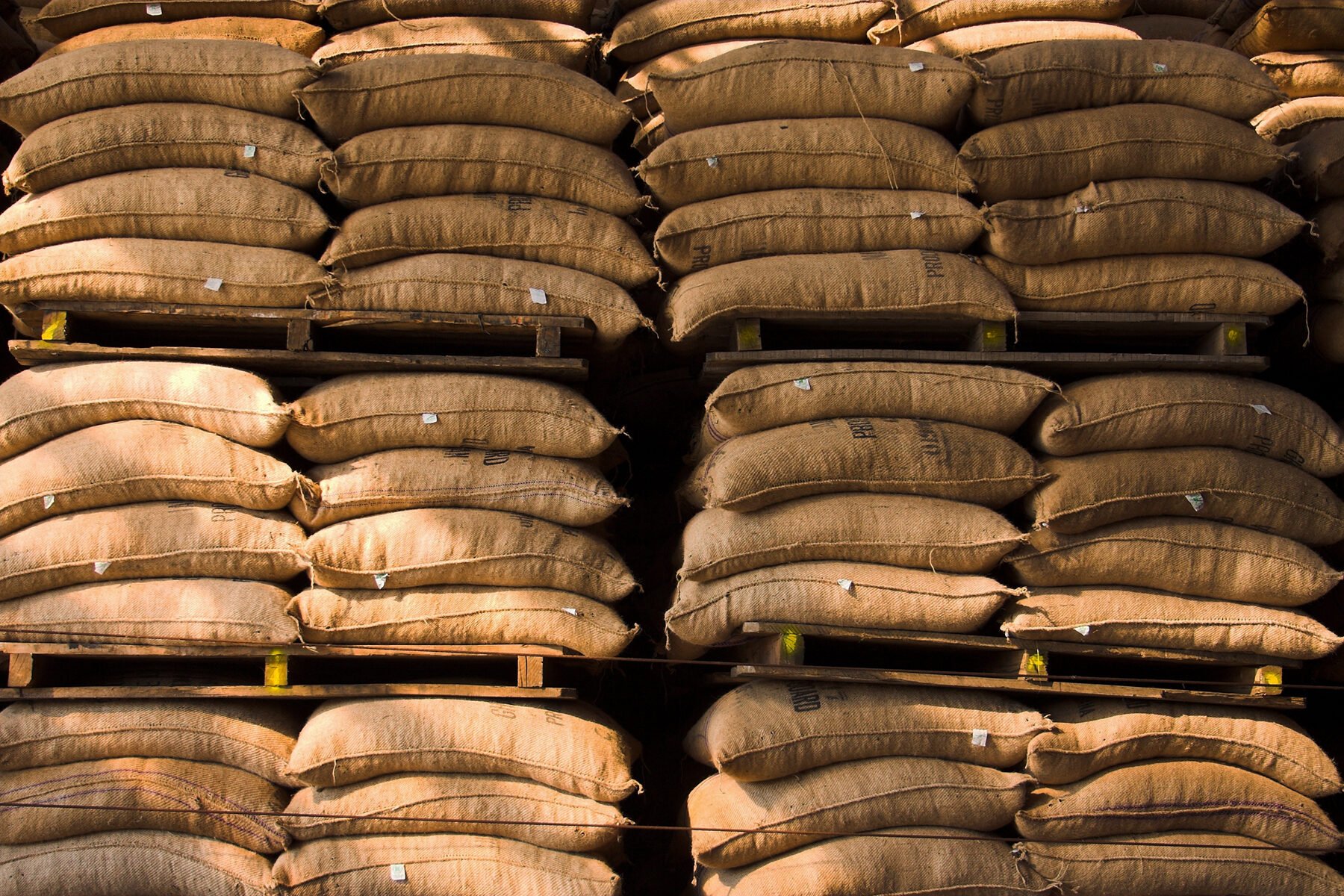
Supply Chain Management
Supply chain management refers to retailers seeking to align their suppliers so that greater economies of scale and improved efficiencies are achieved. Most coffee shops operate just-in-time ordering systems, essentially requiring wholesalers, distributors and manufacturers to anticipate demand. This probably needs to change, both for ongoing business viability and to reduce wastage across the entire supply chain.
We intend to look more at supply chain management in the context of coffee sourcing and procurement.
Food
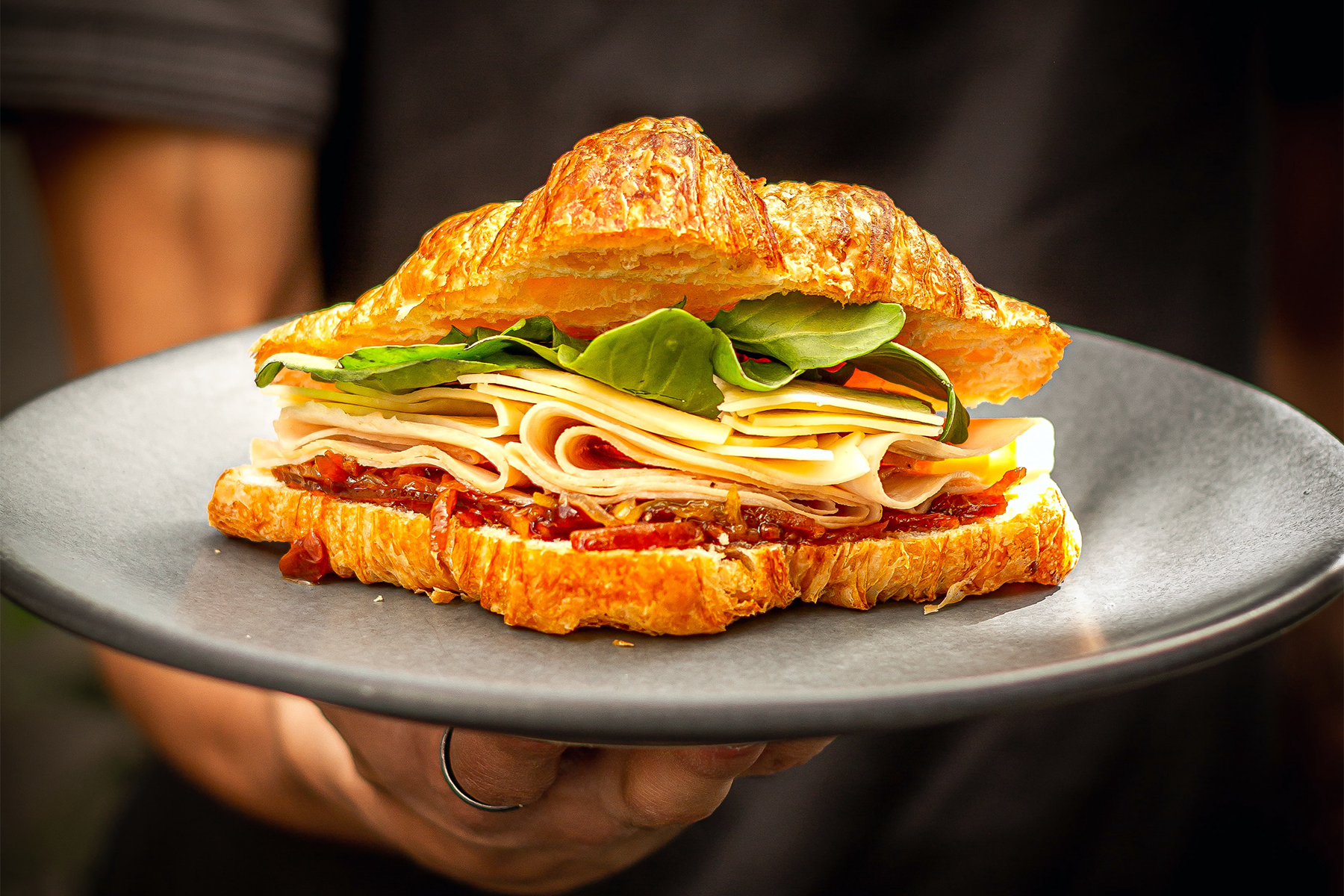
Food waste
Further steps can be taken to minimise the amount of food that is discarded, although many of the retail coffee businesses United Baristas has spoken to have already made significant progress reducing their food waste.
Also, some businesses have chosen to sell or donate surplus food. And others are re-selling end-of-life food through programmes such as Karma and Olio.
These efforts have been primarily driven by a focus on reducing cost and increasing profit, rather than altruism. It’s a good reminder that when clear financial incentives are in place, action can be rapid and comprehensive.
Sugar reduction
Reducing sugar in both coffee and food lowers costs, decreases carbon footprints and has health benefits.
Flavour-forward specialty coffee has the integral benefit of tasting better without sugar and there’s been a strong community focus to encourage consumers to stop adding sugar to their coffee. A similar philosophy is yet to be applied to the baked goods available in many coffee businesses.
Less meat, more plants
Changing menus to reduce meat and dairy by increasing vegetable consumption can significantly reduce a premises’ carbon footprint. United Baristas has already explored how shifting from standard dairy to low-methane dairy, or even better oat milk, dramatically reduces a cup of coffee’s carbon footprint. More work needs to take place to understand the impacts of food typically served in a coffee business.
Food is an interesting area to explore as consumer preferences strongly shape menus. This is a good example that change often needs to be incremental and to occur in lockstep with consumers’ ideas in order to be sustainable and viable.
Money
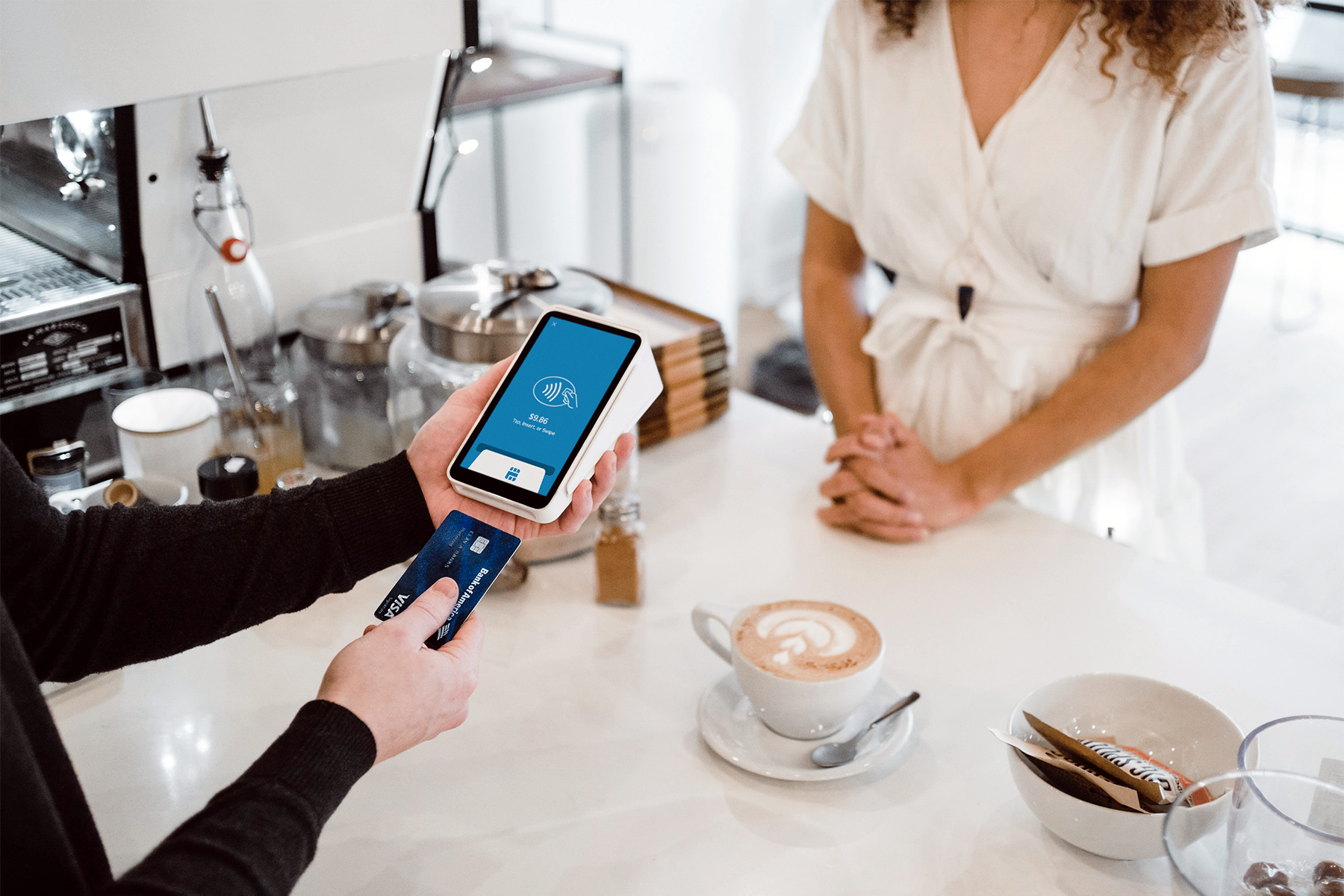
Finance and investment
There are very real monetary constraints to making changes, even when the financial benefits are clear. Few coffee businesses have the resources, or the planning horizon, to make significant capital investments. For example, even if the installation of photovoltaic cells is an option, the payback period is typically too long for coffee shop owners. Many have more immediate cashflow demands and others may not even be confident of trading in the same premises in five years time.
While the day-to-day requires us to focus on coffee equipment, the bigger picture demands we collectively identify the equipment choices that can lower the industry’s impacts and then also work out how these can be financed if we are to make change at scale and at pace.
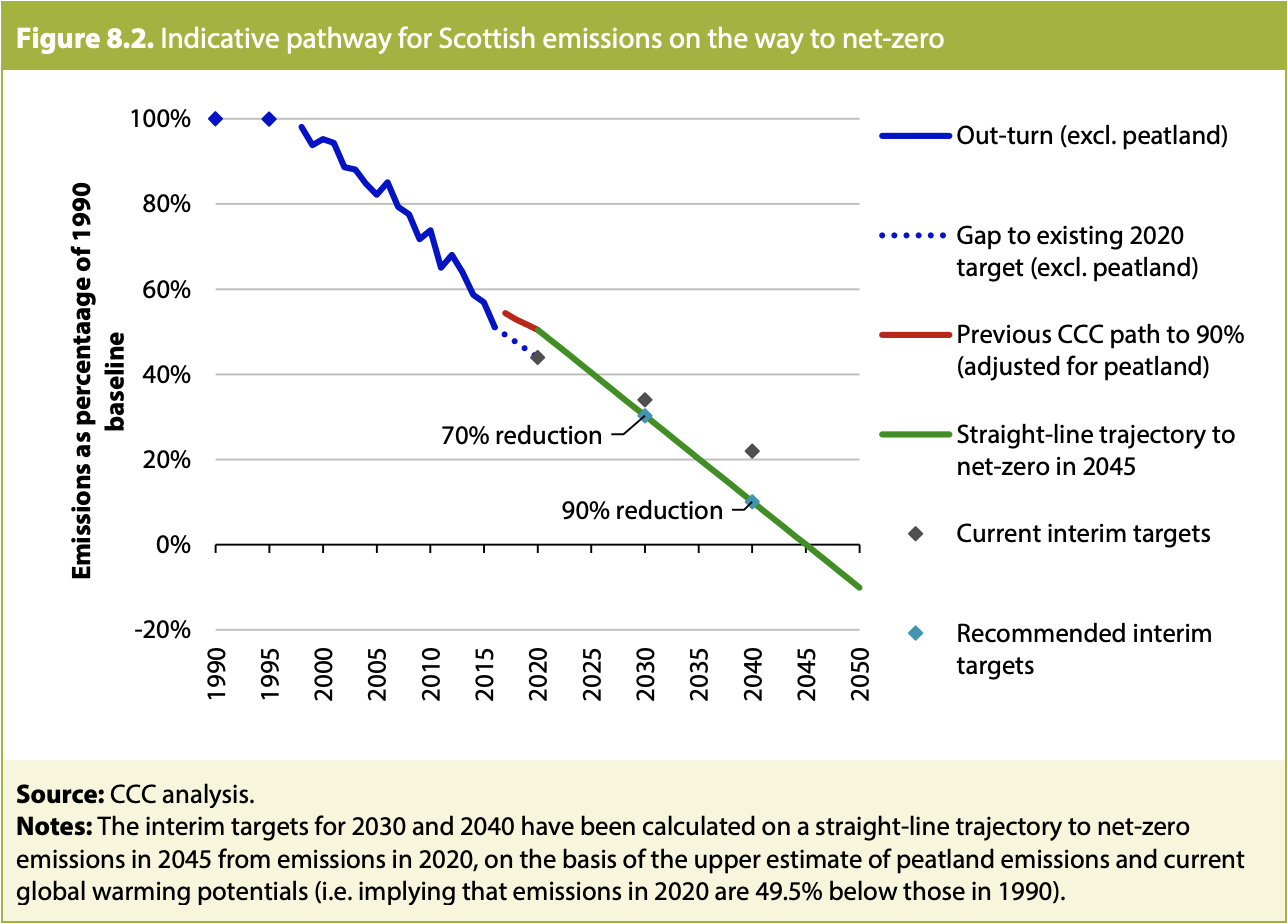
What would the steps and targets be for coffee businesses?
Roadmaps and Pathways
All of this work needs to come together so that the coffee industry can create a viable route to a decarbonisation goal.
At the moment it is simply too early to set a 2030 or 2050 goal. The industry lacks baseline measurements, an understanding of actions and their associated costs, is yet to identify research and development requirements, is short the financial resources and is yet to build the community buy-in to make it all happen.
It would be amazing to see the coffee community progress on these tasks so we could have a roadmap to a 2050 goal, with 2030, 2035 and 2045 waymarkers.
Let’s speculate for a minute and suggest the goal could be something like a 80% carbon reduction by 2050 on 2020 levels. To meet this we might need to achieve a one-third reduction over the next five years, which should be achievable with a focus on milks and electricity consumption. But it’s unclear what the subsequent goals should be, or how they can be best achieved.
We need to work these things out if we’re going to play our part in tackling climate change, protecting the future of the coffee industry and building viable and sustainable businesses. This series is to help the industry get started. Join us to follow the journey to learn what you can do to reduce your carbon footprint, and please do share your ideas, research and progress with us. We’ll help disseminate useful ideas to the broadest possible audience. Individually we might be small, but together we can achieve great things.
References & further reading
- IPCC, 2022: Climate Change 2022: Mitigation of Climate Change. Contribution of Working Group III to the Sixth Assessment Report of the Intergovernmental Panel on Climate Change [P.R. Shukla, J. Skea, R. Slade, A. Al Khourdajie, R. van Diemen, D. McCollum, M. Pathak, S. Some, P. Vyas, R. Fradera, M. Belkacemi, A. Hasija, G. Lisboa, S. Luz, J. Malley, (eds.)]. Cambridge University Press, Cambridge, UK and New York, NY, USA. doi: 10.1017/9781009157926
- Sovacool et al., 2021, Decarbonizing the food and beverages industry: A critical and systematic review of developments, sociotechnical systems and policy options, Renewable and Sustainable Energy Reviews 143 (2021) 110856
- ✼ Jagtap Sandeep, et al. Real-time data collection to improve energy efficiency: a case study of food manufacturer. J Food Process Preserv 2019:e14338.00.
- ✾ IMAP. Food and Beverage Industry: Global Report. 2010 [An IMAP Consumer Staples Report.
- ❋ Fearne Andrew, Duffy Rachel, Hughes David. Concepts of collaboration: supply chain management in a global food industry. In: Sharples Liz, Ball Stephen, Eastham Jane F, editors. Food and drink supply chain management – issues for the hospitality and retail sectors. Butterworth-Heinemann; 2001. p. 55–89. 978-0- 7506-4762.
- ※ Food, Drink Federation. The Food and Drink Industry: Economic contribution and growth opportunities. London. June 2017.
- Net Zero: The UK’s contribution to stopping global warming, Committee on Climate Change May 2019





